The troubling rise of SWAT teams
SWAT team use has spiked from around 3,000 strikes per year in 1980 to as many as 80,000 raids a year now
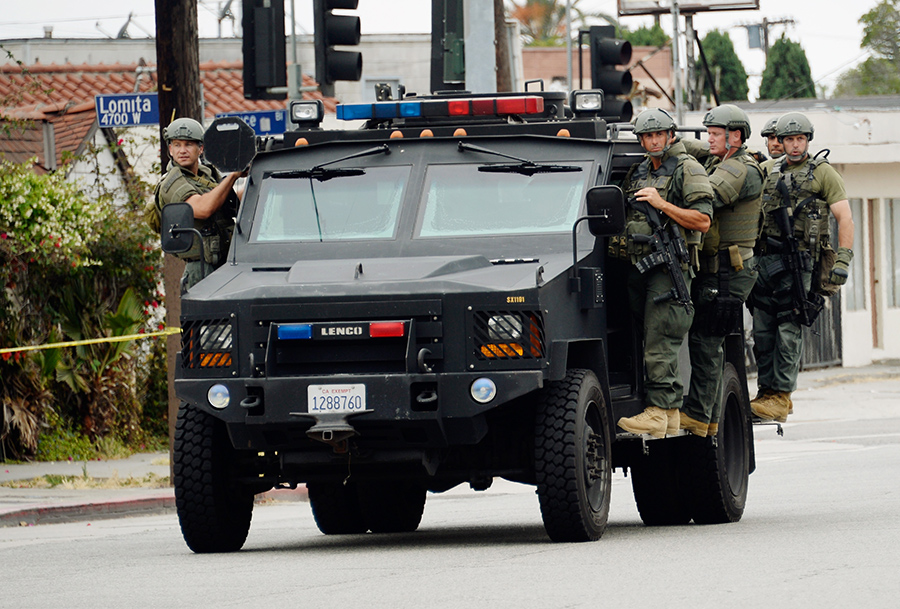

In Tomkins County, New York, earlier this month, as many as 150 police officers from no less than 18 law enforcement agencies engaged in a three-day standoff at a family home. Their goal? To arrest one David M. Cady Jr., who had barricaded himself in his family's home to avoid going to jail for missing a DUI court date.
By the time this legion of cops was finished, Cady was dead from a self-inflicted gunshot wound — and his widow was left with two children and no home in the middle of winter. The SWAT teams battered Cady's house so thoroughly that some exterior walls are gone entirely, while appliances and personal belongings are strewn about the yard.
The wreckage with which Cady's now-homeless family is left looks more like the scene of a single-house tornado touchdown than any reasonable action to make a man appear in court. Granted, Cady was armed and determined not to exit his property. But the local SWAT teams have at least two robots available to them for exactly this sort of situation — and really, is the average drunk driver dangerous enough to warrant deploying a 150-person SWAT team to demolish his entire house?
The Week
Escape your echo chamber. Get the facts behind the news, plus analysis from multiple perspectives.

Sign up for The Week's Free Newsletters
From our morning news briefing to a weekly Good News Newsletter, get the best of The Week delivered directly to your inbox.
From our morning news briefing to a weekly Good News Newsletter, get the best of The Week delivered directly to your inbox.
Common sense (and the Fourth Amendment) would say no. But increasingly, many police departments are saying yes.
SWAT team use has spiked from around 3,000 strikes per year in 1980 to as many as 80,000 raids a year now. A battering ram or other forced-entry device is used in two-thirds of these raids, nearly 80 percent of which target private homes like Cady's. The great bulk of SWAT raids are in service of the drug war, though nearly four out of 10 find no contraband at all.
Other SWAT team excursions are far more mundane missions. For example, a SWAT team was deployed in Fairfax, Virginia, to take down an optometrist guilty of nothing worse than making bets on football games with an undercover officer he believed to be his friend. The gambling hobbyist was killed during the raid even though he made no violent gestures and was not armed.
Meanwhile, in Arizona, a SWAT team ransack revealed that a local man was keeping chickens in his backyard. The chickens were all killed. In Florida, it took a judge's order to stop the Orange County Sheriff's Office from sending paramilitary teams out to take down unlicensed barber shops, holding customers and barbers at gunpoint. In New Mexico, a SWAT team pursuing a suicidal man saved him from killing himself by doing the job themselves. In Georgia, a SWAT team targeted an errant DJ. In Illinois, one stormed a man's house because he mocked a politician on Twitter.
A free daily email with the biggest news stories of the day – and the best features from TheWeek.com
Many police departments (like St. Louis, Missouri, which includes Ferguson in its jurisdiction) make it a matter of policy to execute all search warrants — targeted at anyone from the most innocuous pot smoker to the most dangerous murder suspect — with a SWAT team.
Ironically, SWAT teams are rarely used for one thing: their original purpose of dealing with extremely unsafe barricade and hostage situations, like violent bank robberies. Indeed, only 7 percent of SWAT raids today address this type of danger.
That shouldn't be surprising, since violent crime is on a steady decline nationwide. In fact, in 2013, there were fewer violent crimes than any year since 1978 — not just a lower rate, but actually a lower total count of crimes, despite population growth of roughly 100 million. Murder and non-negligent manslaughter dropped even further, with the lowest total since 1968. In other words, the need for SWAT teams as they were originally conceived is falling year over year — yet their use is on a 30-year growth track.
Why this disparity? A major culprit is the drug war, provoking as it does about two-thirds of SWAT team raids.
In 1992, the National Guard officer in charge of fighting the war on drugs commented, "The rapid growth of this drug scourge has shown that military force must be used to change the attitudes and activities of Americans who are dealing and using drugs." Police have taken his advice to heart. Even though poll after poll indicates that most Americans believe the drug war has failed and drug users should not be jailed, in a majority of states SWAT teams are still used to quite literally fight drug use.
But perhaps an equally significant factor is the Pentagon's 1033 program, which transfers hundreds of millions of dollars worth of military equipment, including machine guns and tanks, to local police departments.
Armed for war, SWAT teams manage to find — or rather, to make — a battlefield here at home, even explicitly basing their tactics on techniques used by Navy SEALs. Federal financial incentives and overeager cop-as-warrior policies at the local level combine to escalate what should be routine police work into belligerent overreactions.
When you've got a tank, every search warrant execution could be easier if the house had no walls.
Bonnie Kristian was a deputy editor and acting editor-in-chief of TheWeek.com. She is a columnist at Christianity Today and author of Untrustworthy: The Knowledge Crisis Breaking Our Brains, Polluting Our Politics, and Corrupting Christian Community (forthcoming 2022) and A Flexible Faith: Rethinking What It Means to Follow Jesus Today (2018). Her writing has also appeared at Time Magazine, CNN, USA Today, Newsweek, the Los Angeles Times, and The American Conservative, among other outlets.
-
 Will Trump’s $12 billion bailout solve the farm crisis?
Will Trump’s $12 billion bailout solve the farm crisis?Today’s Big Question Agriculture sector says it wants trade, not aid
-
 ‘City leaders must recognize its residents as part of its lifeblood’
‘City leaders must recognize its residents as part of its lifeblood’Instant Opinion Opinion, comment and editorials of the day
-
 10 upcoming albums to stream during the winter chill
10 upcoming albums to stream during the winter chillThe Week Recommends As the calendar turns to 2026, check out some new music from your favorite artists
-
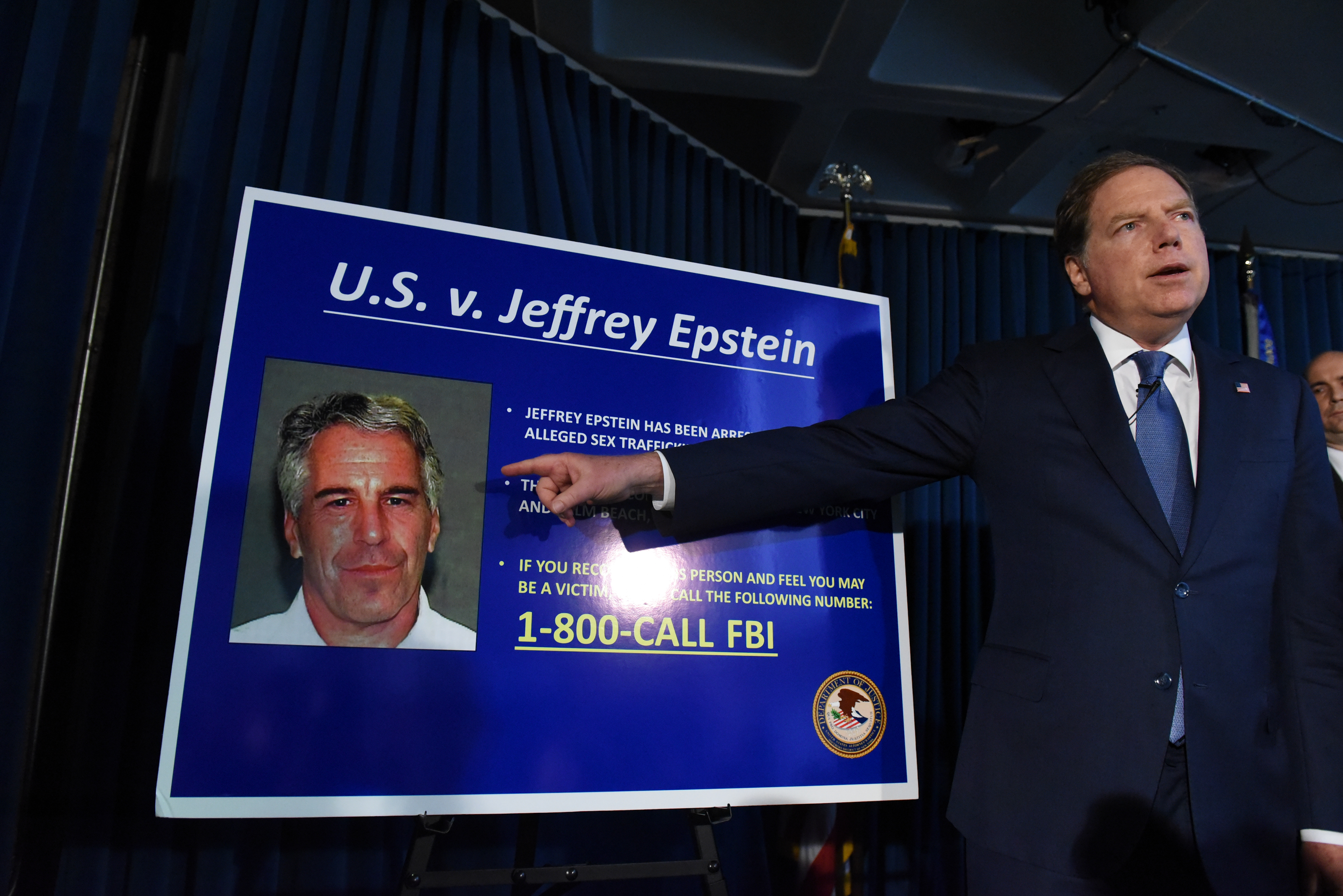 7 lingering questions about Jeffrey Epstein's death
7 lingering questions about Jeffrey Epstein's deathThe Explainer Truth can be as strange as conspiracy theories
-
 3 things everyone is getting wrong about the El Paso-Dayton shootings
3 things everyone is getting wrong about the El Paso-Dayton shootingsThe Explainer Mental illness is a red herring — but so is Trump
-
 Is it dangerous to lionize the heroes of school shootings?
Is it dangerous to lionize the heroes of school shootings?The Explainer Honoring the children who die saving classmates is laudable — but we should tread carefully
-
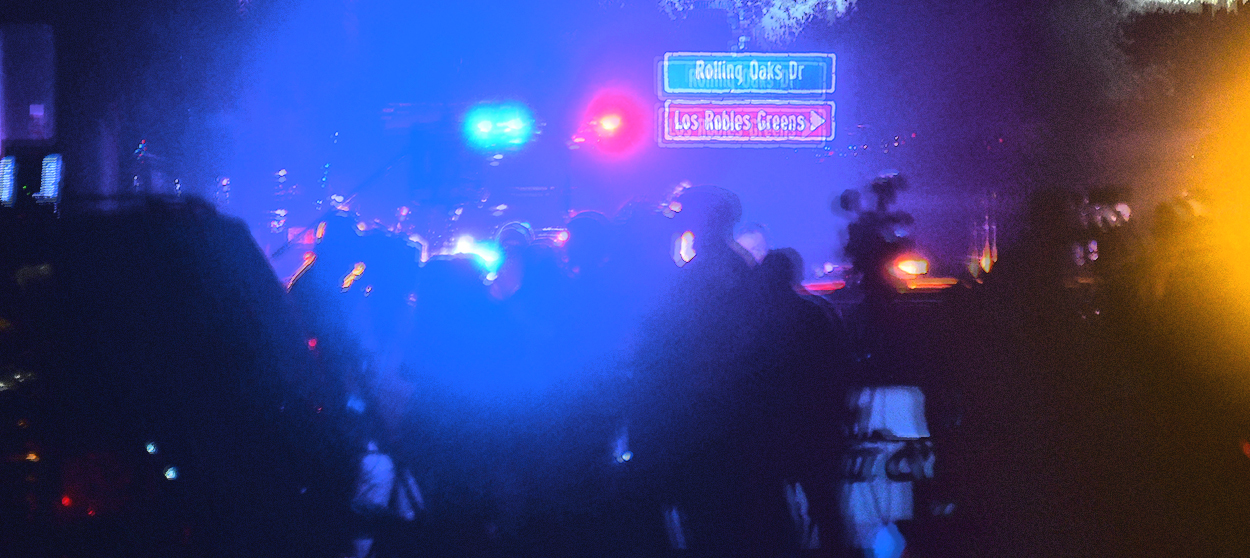 The fear we all live with
The fear we all live withThe Explainer What mass shootings have done to the American psyche
-
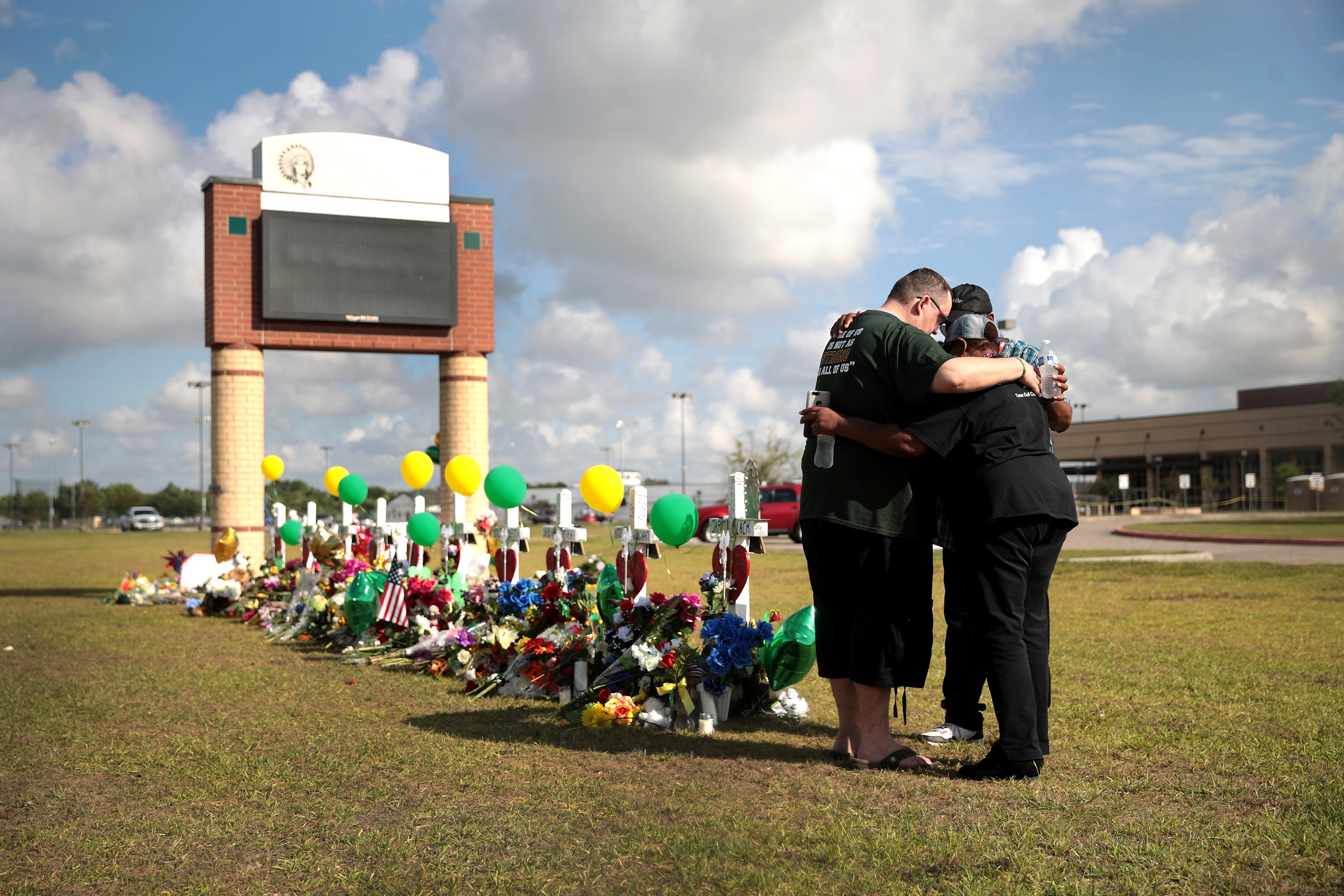 The sick phenomenon of school shooting contagion
The sick phenomenon of school shooting contagionThe Explainer Mass shootings can spread like a disease, with each massacre inspiring new rampages. Can the cycle of violence be stopped?
-
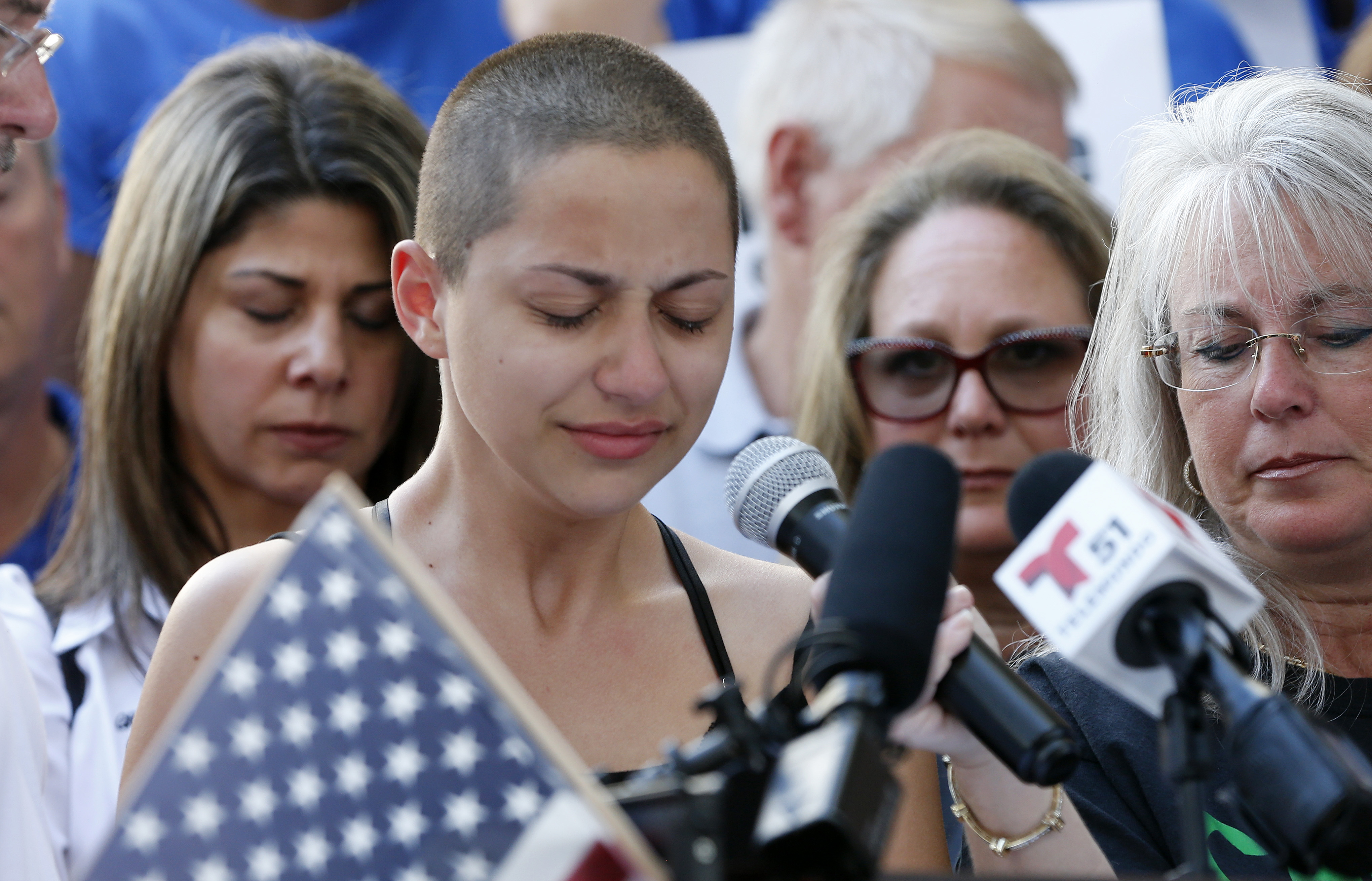 Why the Parkland conspiracy theories are different
Why the Parkland conspiracy theories are differentThe Explainer They aren't an attempt to make crazy sense of a senseless tragedy. They are a way of saying to the tragedy's victims and survivors: You aren't even worth arguing with.
-
 Sex, drugs, and the Summer of Love
Sex, drugs, and the Summer of LoveThe Explainer Fifty years ago this summer, 75,000 young people flocked to San Francisco to "turn on, tune in, drop out"
-
 What we know about gun violence may surprise you
What we know about gun violence may surprise youThe Explainer Contradictions abound
